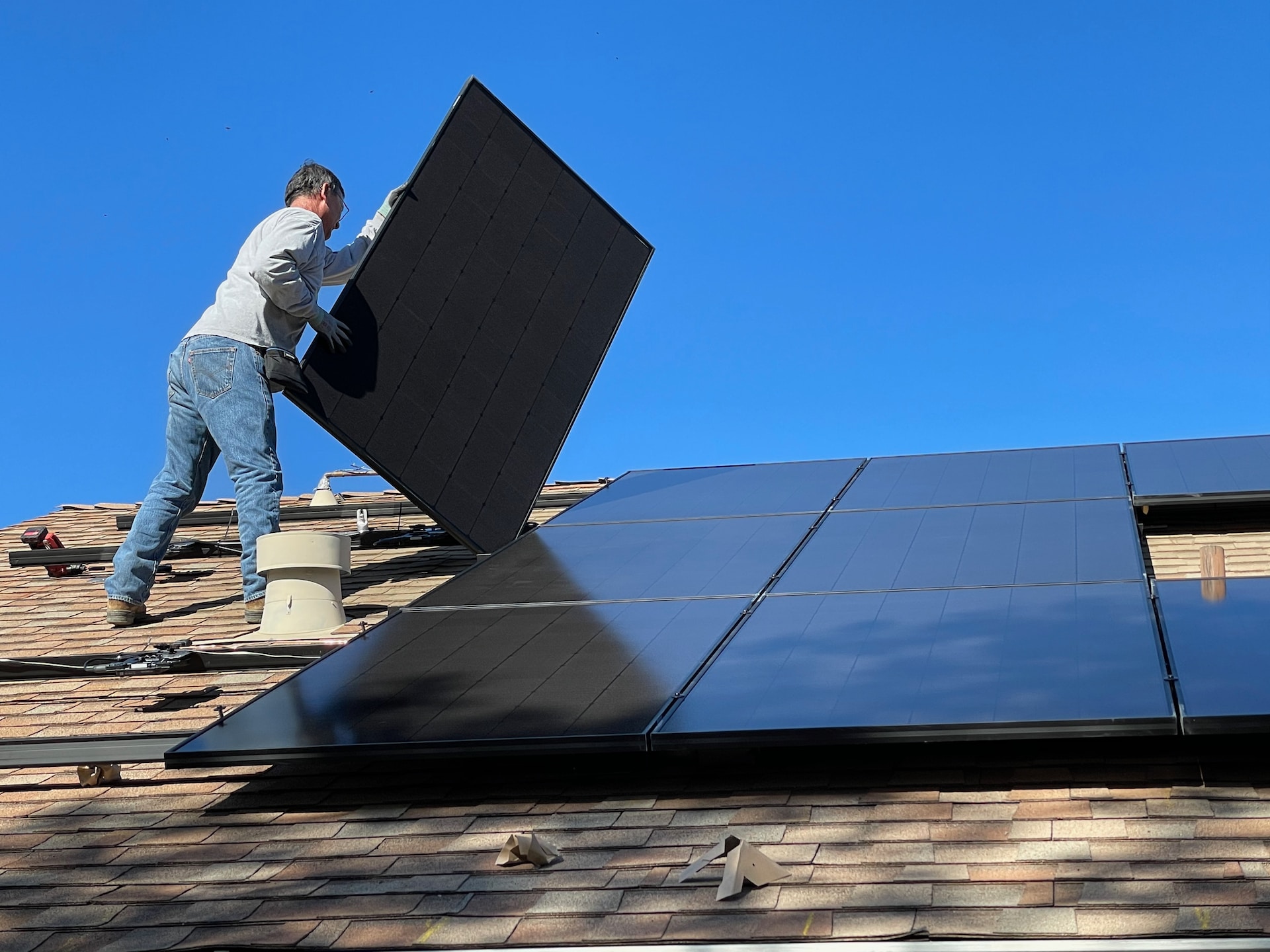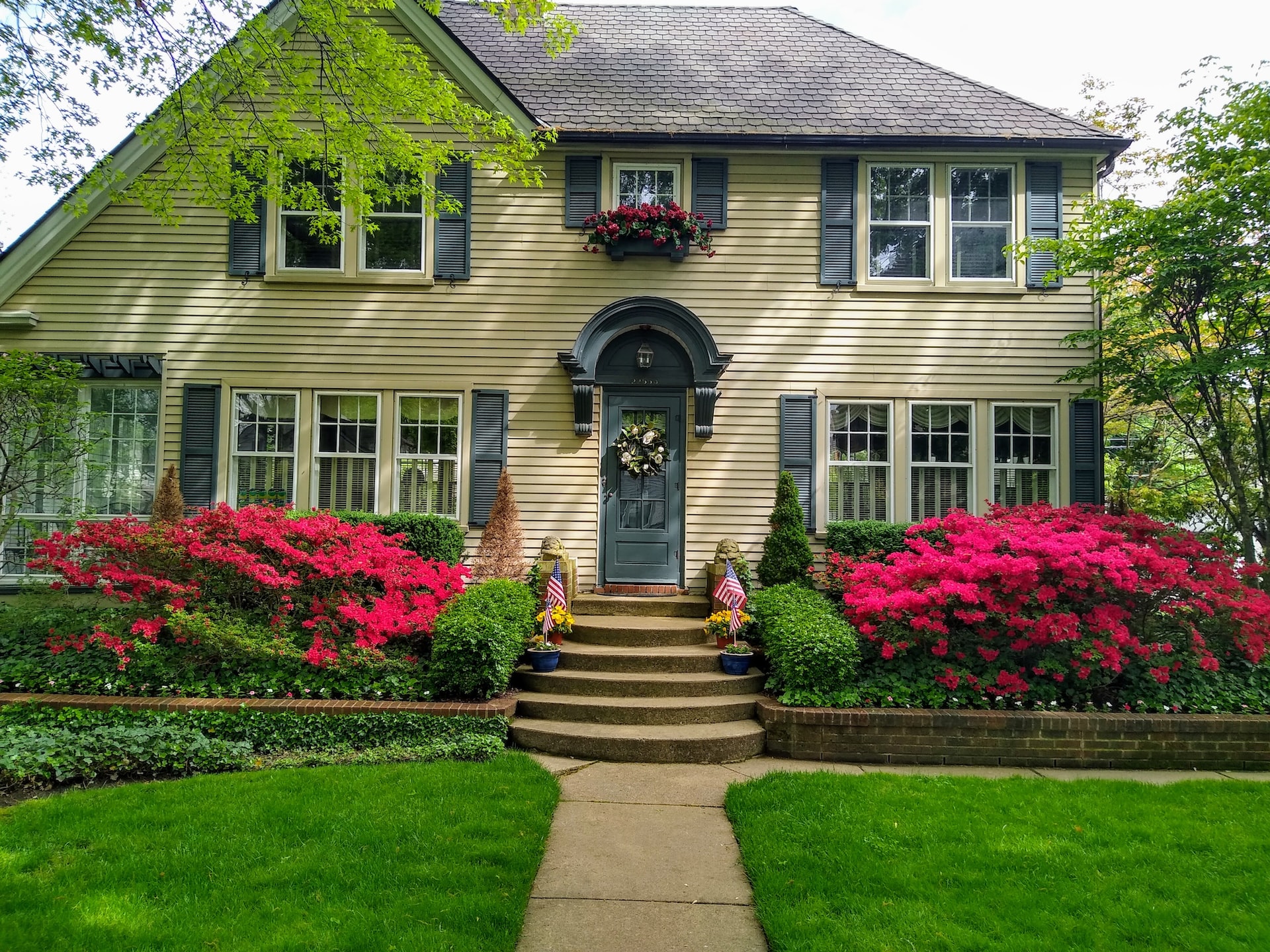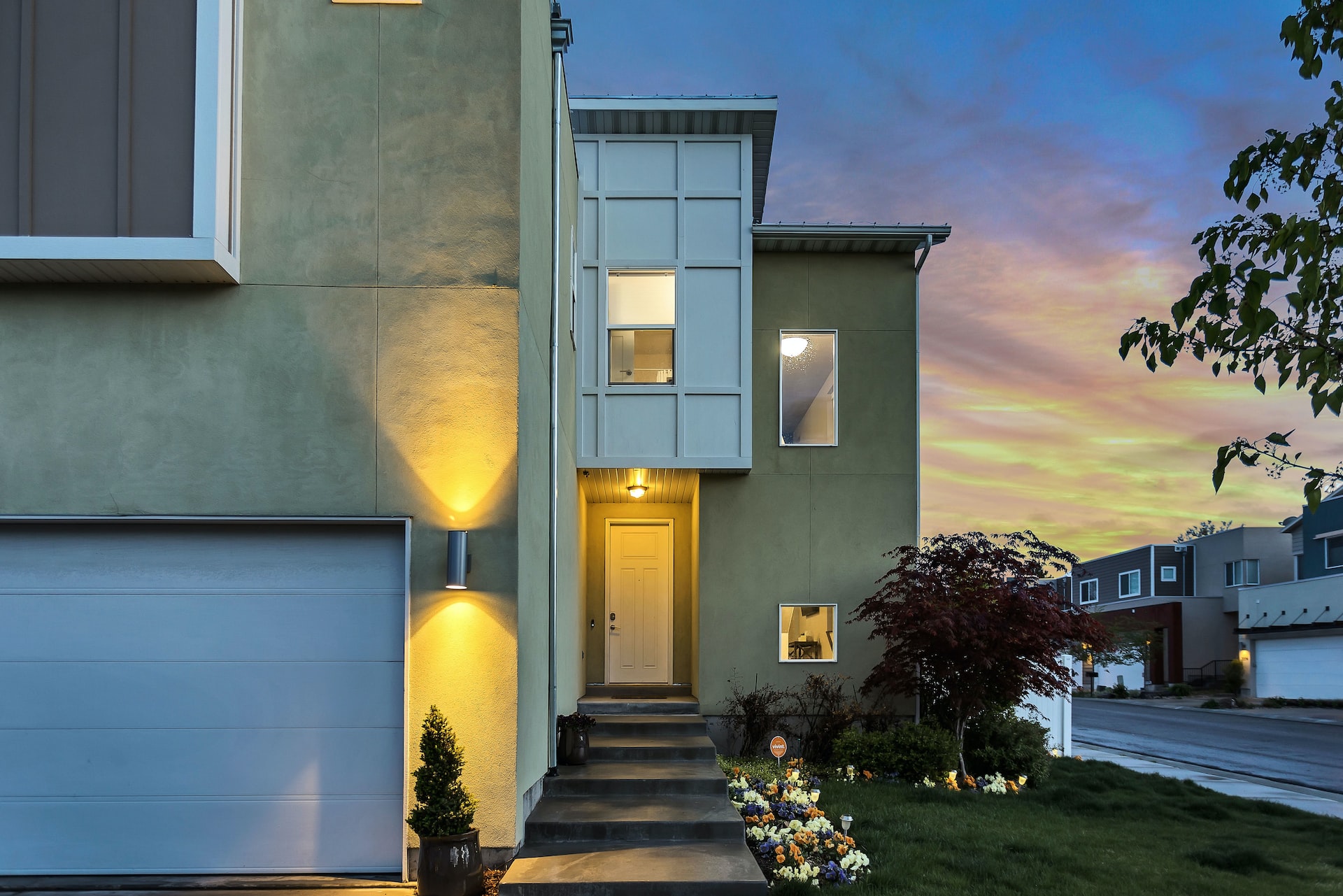Cladding is one of the structural elements of a building that provides not only an aesthetically pleasing appeal but contributes to structural integrity as well. While it may not receive building loads, it can conceal the structure, protecting it from external, damaging elements. Apart from weather resistance, cladding can also provide a certain degree of thermal insulation. However, there may be certain safety issues that can be associated with cladding. This article digs deeper when it comes to addressing these safety issues, particularly in Victoria.
Cladding Risks
Since cladding is the outside skin of a building structure, it is the first element that is exposed to fire. If the cladding is made from combustible materials such as aluminum composite panels or expanded polystyrene, then it can increase the rate at which fire may spread, posing a fatal threat to the people in the building, as well as those within the immediate vicinity. For this reason, certain cladding safety measures are implemented by the Victorian government to ensure the safety of its residents.
Cladding Safety Victoria Program
The Victorian Government has recently established a program referred to as Cladding Safety Victoria, which aims to enhance the safety of Victorian residents by reducing the risk that is commonly associated with combustible cladding. Combustible cladding can often be found on residential apartment buildings, as well as publicly-owned structures. Under the program, the government works with the owners of the structures to help them rectify non-compliant or non-conforming external wall cladding products and transform these into non-combustible cladding that is safer. Under this program, funding is provided for the rectification of external wall combustible cladding. This is assessed through an audit led by the Victorian Building Authority (VBA).
Rectification Process
-
Assessment and Registration
To rectify combustible cladding, there are various steps that you need to undergo. First, the building or the structure that you are living in needs to be referred to the Cladding Safety Victoria program by the Municipal Building Surveyor (MBS) at your local council. The reason behind this is that owners are restricted from directly referring their building to the program. If after appropriate referral, the program identifies your building as eligible for funding, a Customer Liaison Officer (CLO) will meet with you. They will then provide you with a registration form.
Statewide Cladding Audit
As part of the assessment, the VBA will need to conduct a statewide cladding audit. In this case, it has the power to evaluate apartment buildings, motels, and hotels that have more than three stories, as well as buildings where Victorians gather as a large group, such as sporting areas. The VBA can also assess private schools, private hospitals, and aged care facilities which are a couple of stories high.
Due Diligence
As soon as you have officially registered your building for the program, the next phase that will commence is due diligence wherein a physical site inspection is conducted. During the inspection, material samples may be taken for testing. After the inspection, a report will be made to identify the possible rectification direction, such as having a full or partial replacement required. From there, a decision about the funding will be made and an independent project manager (IPM) will be appointed.
-
Funding Eligibility
Rest assured that anyone can apply for the funding. The Cladding Safety Victoria may even invite eligible owners to participate in the program. However, to be eligible for the funding, the building or structure must be assessed as having combustible cladding through the State-wide Cladding Audit. Otherwise, a structure referred to the program by either the VBA or the City of Melbourne can also be eligible for the funding. Just keep in mind that the program will not fund any building work unless it is directly related to cladding rectification to address the fire safety risks involved.
Role of the IPM and Customer Liaison Officer
The IPM is primarily responsible for facilitating the delivery of the project from the beginning to the end. He needs to work with the owners to procure any professional services needed. The IPM will also be the key contact for each owner’s corporation.
On the other hand, a Customer Liaison Officer will help the owners through each step of the process. He is the one who needs to arrange an initial meeting with the owners to shed light on the stages of the program, as well as to address any inquiries the owners may have. He is also the one responsible for providing a registration form that the owners need to complete and return. He should work with the IPM throughout the process.
-
Execution
Before execution, the owners will need to sign a funding agreement to secure the money for the project. From there, the IPM will facilitate the design and construction of the cladding rectification works. Alongside this, the IPM will also administer all construction contracts following terms. The project will be deemed complete when all contractual obligations are carried out. Finally, the building will be acquitted and removed from the program.
Banning Dangerous Cladding
To keep Victorians safe, combustible external wall cladding on Victorian buildings, which are considered high-risk, are banned on new multi-story buildings. This took effect in February of this month. With this, the use of flammable aluminium composite panels (ACP) and rendered expanded polystyrene (EPS) as external wall cladding are prohibited. This is particularly in effect on all future multi-story developments such as apartment buildings, as well as other residential buildings such as hotels with a couple of stories or more. Even office buildings or shopping centers are banned from using this type of cladding. This will greatly reduce the risk of cladding fire incidents.
When it comes to cladding safety issues, the Victorian government came up with a program to assist homeowners and other residents in transforming their non-conforming cladding structures into compliant ones. In this case, their safety and security are guaranteed. If you deem that the cladding of your structure is still non-compliant, then perhaps this is the best time for you to familiarize yourself with the Victorian government’s program when it comes to cladding safety.






Leave A Comment